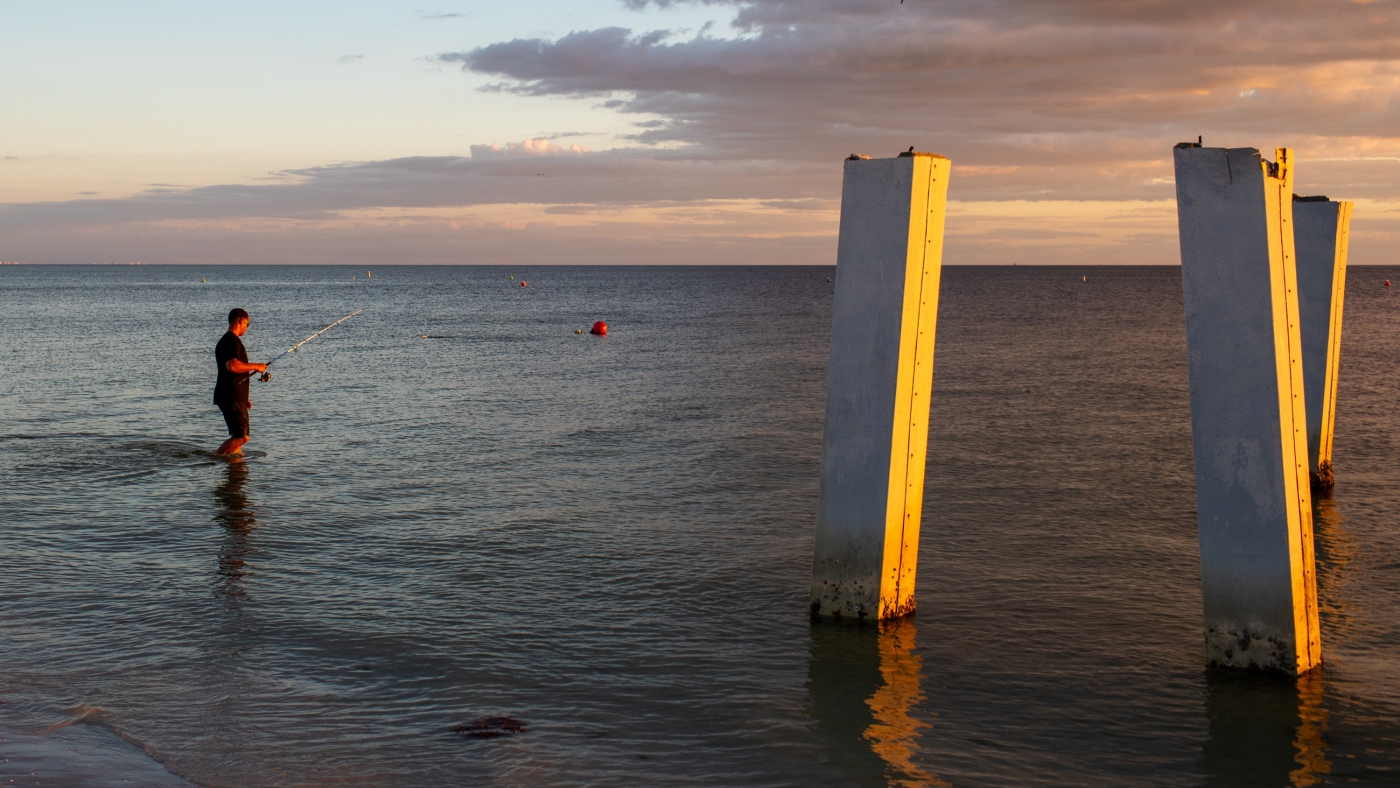
"jackhammers still echo along the barrier island's main road, where new houses and businesses are going up next to vacant lots and the shells of buildings gutted by the storm. "We are nowhere near where we thought we would be three years ago today," says Jacki Liszak, chief executive of the Fort Myers Beach Chamber of Commerce, who owned a small hotel that the hurricane washed away. "I don't think we understood what happened to us the extent of it.""
""That gentrification is a real thing, the change in the cost is a real thing," says Rob Fowler, president of Fowler Construction & Development, a local builder. "And it all adds up to the fact that only well-heeled players can play now." The changes unfolding in Fort Myers Beach are an extreme version of what's happening throughout southwest Florida. Older, wealthier people have been flocking to the region for years. That fueled an affordable housing crisis, which was amplified by Hurricane Ian."
Three years after Hurricane Ian, Fort Myers Beach shows partial rebuilding with new construction next to vacant lots and gutted building shells. Reconstruction and sharply rising construction and property-insurance costs are making many pre-storm residents and family-run hotels financially unable to return. Service workers and middle-class families face displacement as developers build larger, fortified resorts and expensive homes. Long-term demographic shifts and an influx of older, wealthier residents have already strained regional housing affordability; the hurricane amplified that trend. Rising home and flood-insurance premiums, driven in part by a warming climate and more intense storms, are increasing housing costs regionally and nationwide.
Read at www.npr.org
Unable to calculate read time
Collection
[
|
...
]